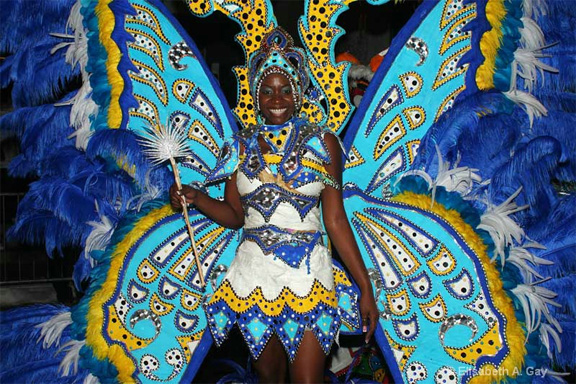We have on different occasions reviewed the masquerade tradition in the Caribbean. It is a very old and deep-rooted foundation of Caribbean culture with historical records that reach back to the seventeenth century, and is the most pervasive far-reaching and wide-ranging cultural practice known to the region. We have noted that while the social history of the region has divided it into carnival and non-carnival territories, masquerading is a staple carnivalesque tradition in both groups. In fact, it is a vital part of carnival, and the Trinidad carnival, out of its European religious origins, started with a masquerade.
In addition, we have noted that while the masquerade form that took shape in the seventeenth century was an African transplant, this tradition belongs to a range of different cultures including the Indian and the European. It has been both religious and secular, and finds itself in several forms of religious ritual, celebratory, theatrical and performance traditions right across the region. There are or have been several masquerades in carnival and there are such other forms as jab-jab and Shakespeare mas (Grenada), the mummies (St Kitts), the land ship and tuk band (Barbados), Diwali and maskarade (Guyana), Hosay (Trinidad), jonkunnu/maskarade (Jamaica) and jonkanoo (Bahamas).
Many forms are extinct and others are fading or have diminished. Where carnival forms are concerned, the main contemporary tradition is the costumed bands and these have been undergoing change for

